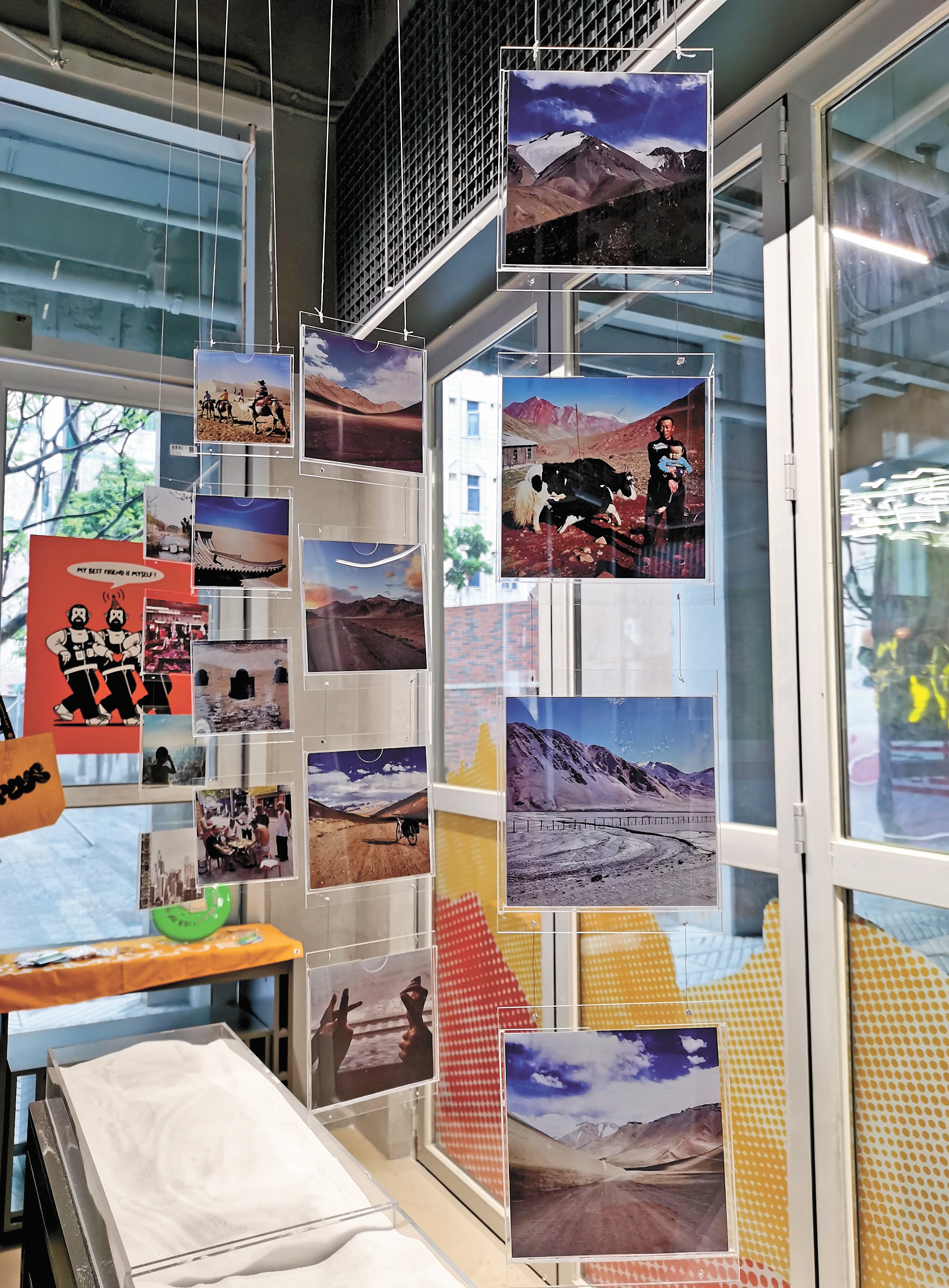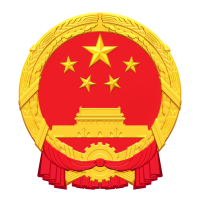Rediscover Silk Road in Italian scientist’s book
Source: Shenzhen DailyUpdated: 2023-10-10
Inspired by “The Travels of Marco Polo,” a 13th-century book describing Polo’s travels through Asia, Italian theoretical physicist Alessandro Codello started his own journey a few years ago from his hometown Venice, following in the footsteps of Polo on a legendary journey through Eurasia.
Now he has released a book titled “Impressioni Dalla Via Della Seta” (“Impressions From the Silk Road”) that shares stories of the people and cultures he encountered during his trip, the art and architecture that he admired, the charm of wild nature and even scientific traces in ancient cities along the Silk Road.
The 260-page book in Chinese, featuring 130 photos taken by Codello, was translated by Yuan Yin and Wen Zheng.
On Sept. 24, Codello shared his experiences and his insights from the book at the Wufei Bookstore in Nanshan District. An exhibition showcasing more than 60 photos from the book is also being held through Oct. 23 at Urbanist on the first floor of the Idea Factory in Nantou Ancient Town (branded as Nantou City).

Alessandro Codello (L) introduces his journey along the Silk Road and his new book at Wufei Bookstore in Shenzhen on Sept. 24. Photos by Cao Zhen
“Venice is the hometown of Marco Polo, so when I was a kid, I had a dream to go along the Silk Road as exactly he did 700 years ago. Some years ago, I started my adventure with my bicycle and a laptop, and this book is a collection of all the memories and all the adventures that happened to me,” said Codello during the event in Shenzhen.
He said that during his journey, he mainly traveled by bike and train. He was occasionally invited to give lectures and attend seminars at universities along the way, combining academic visits with his travels. In order to travel lightly and freely, he limited himself to no more than 100 items in his luggage.
He noted in the book that “you don’t have to be as humble as Pope Francis when you meet people in various countries, but as long as you are polite and respectful, you will be greeted with sincere smiles and hospitality.”
Starting from Venice, Codello traveled eastward through countries including Greece, Türkiye, Iran, Uzbekistan, Kyrgyzstan, Afghanistan, and finally China. He observed the differences from Europe all the way to China kilometer by kilometer. “Throughout history, the countries and regions from the Fertile Crescent to the Yangtze River and the Yellow River have been hubs connecting the Eastern and the Western civilizations,” he said.

A photo by Alessandro Codello is on display at Urbanist inside Idea Factory in Nantou Ancient Town. The photo depicts a girl standing on the top of the KK100 Tower in Shenzhen, gazing into the distance.
During his trip, Codello carried a copy of “The Travels of Marco Polo” with him. “Every time I reached a new area, I tried to find hints, ideas or locations that matched Polo’s words. … One of the most interesting things was finding what he spoke about was right in front of my eyes. … Every time I had this kind of moment, I felt like I was on the right road, the exact road of Marco Polo. … This happened to me many times and it was really amazing,” he shared.
Codello is fascinated by the bustling bazaars he encountered during his trip, which he considers as the “lungs of the Silk Road” where all trades and exchanges take place. He finds it amazing that the ancient merchants, unaware of the complex mechanism of the Silk Road, played such a crucial role on this important route that spanned across Eurasia.
Codello said that as a scientist, he was eager to find all the possible geometries when he entered the Muslim areas because Islamic art predominantly used geometric patterns instead of depictions of humans and animals due to cultural and religious beliefs.

Photos from Alessandro Codello’s book “Impressioni Dalla Via Della Seta” are on display at Urbanist inside Idea Factory in Nantou Ancient Town in Nanshan District.
This led to a rich tradition of geometric patterns and contributed to mathematics because creating the patterns require a deep understanding of geometry and mathematical principles. Islamic mathematicians also used these geometric patterns as visual aids to explore advanced mathematical studies.
“I collected all these patterns [during my trip and I found] this is another way to express mathematics. You may think mathematics can only be done with equations but one can do mathematics also with pictures. … These buildings with all these geometries are like a book of mathematics,” he said.
Codello also mentioned his trip to Khiva in Uzbekistan, the hometown of mathematician Al-Khwarizmi (780-850), from whom the term “algorithm” derives its name. “It’s so relevant for Shenzhen today,” he said. “This man is the father of the concept of algorithms, which are now integral to many problems and technologies that people in a city like Shenzhen encounter.”
When Codello finally arrived in China at the end of his journey, he felt the same curiosity as Marco Polo had 700 years ago. Codello traveled through Xinjiang, Gansu, Xi’an, Henan, Jiangsu, Shanghai, Shenzhen and Beijing, and was awed by China’s modern development, including the widespread use of electric vehicles in Shenzhen.
In the book, he also describes the abundance of electronic products in Huaqiangbei, which reminded him of a vibrant bazaar in Shiraz, Iran, as well as the countless containers he saw at Yantian Port. He said he experienced the same sense of vastness, grandeur, freshness and inclusiveness in China as described centuries ago in “The Travels of Marco Polo.”
“When I first arrived in China, I was not used to paying with a phone and was amazed that banknotes were not commonly used. However, when Marco Polo was here, he was amazed that people in China were using paper money. Once again, I shared the same feeling with Marco Polo,” Codello recalled.
Codello was also impressed by the new infrastructure brought by the Belt and Road Initiative (BRI), such as the China-Kyrgyzstan-Uzbekistan Highway. He has also acknowledged China’s achievements in science, technologies and talent development after visiting many universities.
He hopes that readers of his book will find the courage to explore Eurasia and the Silk Road. “Now China has invested a lot [under the BRI] and it’s important. People should go out to see it and understand our common continents and the ‘road’ which is the place we meet,” he concluded.
 Copyright © Shenzhen Nanshan Information Network Center. All rights reserved.
Copyright © Shenzhen Nanshan Information Network Center. All rights reserved.




